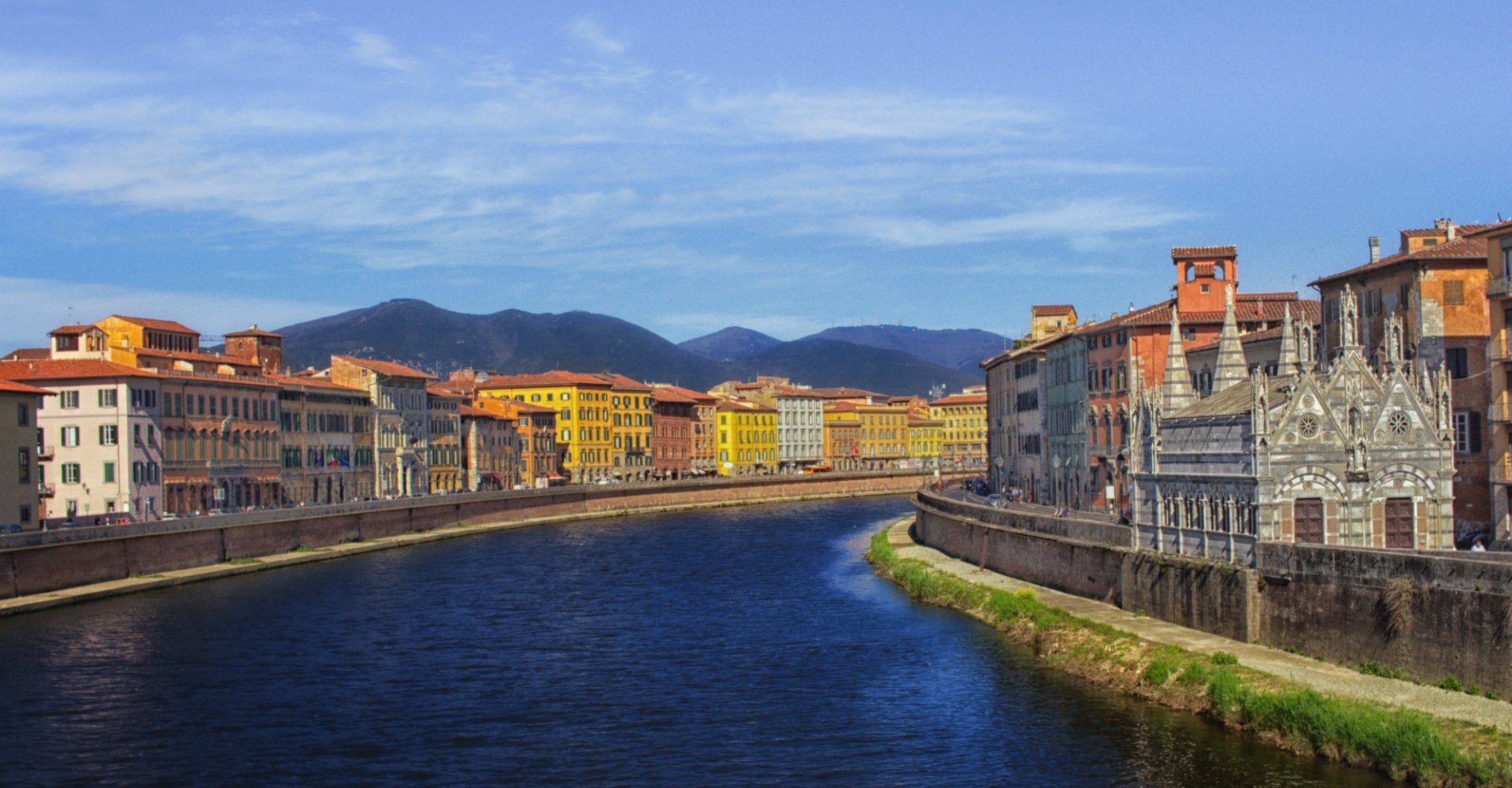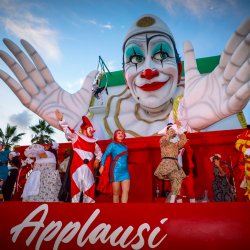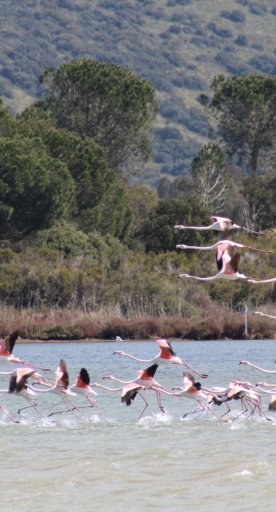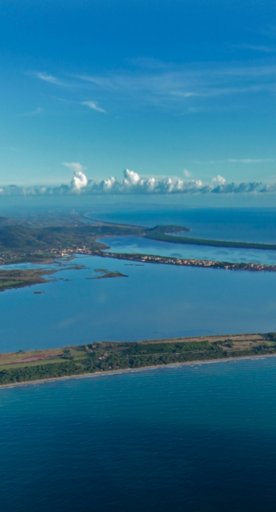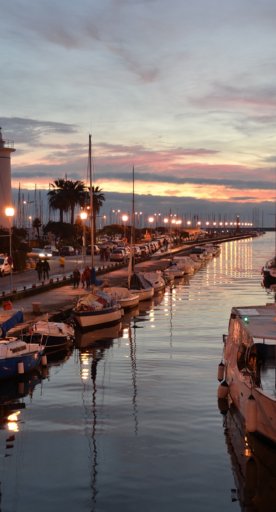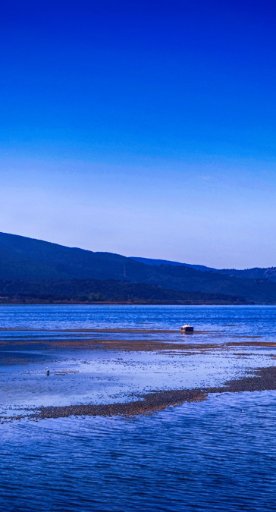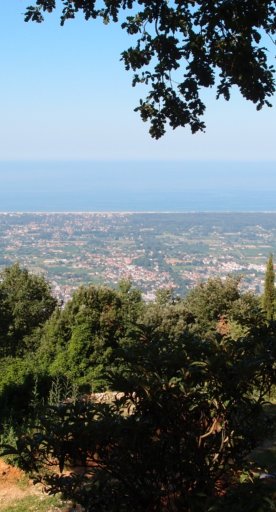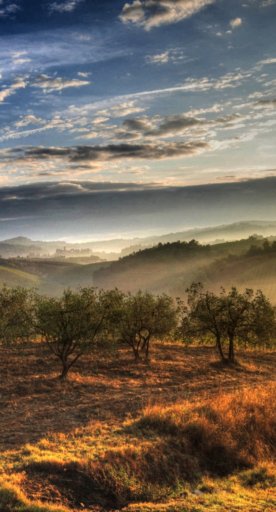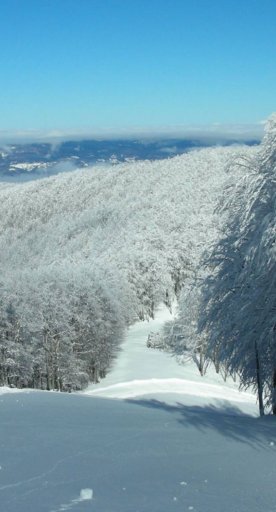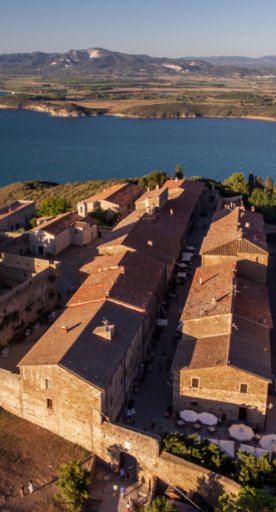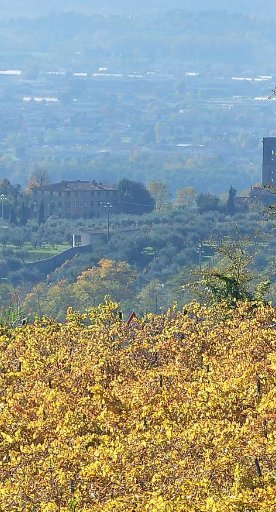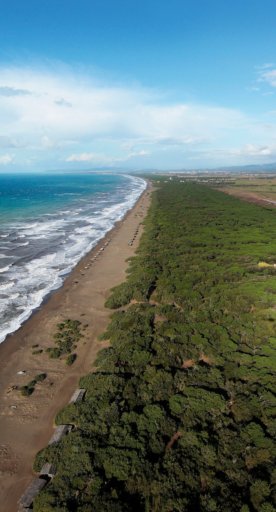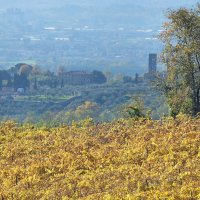Accessible Tuscany across the seasons
Exploring the region without roadblocks
Despite Tuscany’s popularity and plethora of clear-as-day reasons to visit, it’s easy to see why people with disabilities, the elderly community, and families with small children might view it as an impractical destination - just look at all the rolling hills, steep medieval staircases, large crowds and rock-laden nature trails. But the region is not monolithic, and numerous programs, both government-backed and smaller-scale, are in place to make Tuscany more accessible.
This means there’s a slew of things to do and spots to see that don’t make many physical demands of travelers. Purely geographically speaking, some cities and towns are also better suited for visitors with accessibility concerns.
Season-by-season, here are some accessible travel highlights in Tuscany.
-
1.Spring
-
2.Summer
-
3.Fall
-
4.Winter
Spring
Weather-wise, spring is an excellent time to explore Tuscany, without the threat of debilitating heat or shiver-inducing showers ruining all your fun, and Pisa is a frontrunner in the region’s accessibility crusade. Santa Maria Della Spina, a church along the Arno riverfront, became fully accessible in January 2018 after requalification efforts. Besides being a gem of Gothic architecture, the church houses contemporary art exhibitions. Just a stone’s throw away is another popular exhibition center, the painterly Palazzo Blu, which hosts high-level, international artists and occasionally offers special ad-hoc tours aimed at visitors with disabilities.
Pisa is famously flat and its top attraction, the Piazza del Duomo (affectionately known as the Piazza dei Miracoli, or “Miracle Square”) fits the accessibility bill. Apart from the Leaning Tower itself, the UNESCO square’s main monuments - the Baptistery, the Camposanto, the Opera del Duomo museum, the Sinopie museum, and any temporary exhibitions - are all accessible to those with limited mobility, with ramps, wide sidewalks and elevators in select locations. Entrance is free for visitors with disabilities and one assistant.
Another solid reason to visit in springtime: numerous festivities associated with the Pisan New Year take place. This annual March 25 celebration, headquartered in the Cathedral, is a vestige of the town’s reluctance to adhere to the Gregorian calendar. It wasn’t until 1479, under Francesco I of Lorraine, that Pisa adopted the civic calendar of its peers.
Summer
Come the sunny season, most Tuscans high-tail it out of town to their beach of choice. Bask in pure beach bum mode with them at any of the region’s accessible seaside establishments. Tuscany has made significant strides in making sure everyone is able to enjoy a day by the water. An ample database of beach club options, organized by region and province, can be found in the “Ricerca Strutture” section of Handy Superabile; you’ll find particularly heavy concentration in the Versilia area.
If southern Tuscany is more your speed, try opting for Orbetello, a former Etruscan settlement now home to an important nature reserve, the Dune della Feniglia; within it are accessible establishments including the Braccio Energy Beach and the Tenda Gialla. Orbetello is also part of the province of Grosseto, an accessibility pioneer with its “Un Mare Per Tutti” project, in which around 20 area beach establishments offer free access, chairs and umbrellas to beachcombers with disabilities for one week monthly.
More in the mood for urban exploring, but still crave being near a body of water? Head to Livorno to get a taste of a pretty port city. It’s flat and walkable and the waterfront view from the famed Terrazza Mascagni is best enjoyed in the summer sunshine. Plus Livorno is home to kid-friendly attractions like the Livorno Aquarium, which has a range of tactile experiences available for the visually impaired and offers custom-made itineraries depending on your needs.
For wonders beyond what’s underwater, turn to the Museum of Mediterranean Natural History: nicknamed the MusMed, this institution is a member of the “Arte tre la mani” project, which focuses on making cultural patrimony accessible to people living with Alzheimer’s.
Fall
Across the board, autumn is one of the most pleasant times to be out in the open air. Breathe in Tuscan fall in the flat, walled and sufficiently accessible town of Lucca. (Bonus for comic book fiends and gamers: if you come in late October or early November, you may catch the city mid-Lucca Comics and Games fever!)
The Rome-based project “A Ruota Libera”, or “Freewheeling”, created an itinerary aimed at those with motor disabilities, which takes you through some of the city’s key monuments and squares. A must is the picturesque Piazza dell’Anfiteatro, the site of which used to be a Roman amphitheatre. Lucca’s Cathedral and Bell Tower of San Martino, cathedral museum, archaeological area of Santa Reparata e San Giovanni, and Baptistery offer combined admission, free for people with disabilities and their assistants.
An absolute star in the accessibility arena is the Risorgimento Museum, housed across several rooms in the Palazzo Ducale, completely revamped in 2013. Known as the MuR, it houses artworks and objects associated with the events and battles leading up to 19th century Italian unification, including an iconic redshirt uniform belonging to Tito Strocchi, who fought under Giuseppe Garibaldi. Notably, the museum uses ultra-contemporary audiovisual and multimedia technology to display its collections and ensure everyone can learn from them. A tactile map at the museum entrance serves as a guide for visually impaired or blind visitors; an immersive video room focuses heavily on vivid narration and music to make the experience more enriching for this crowd.
More intrigued by archaeological wonders than modern states and contemporary comics? About eight kilometers outside of Lucca in Porcari you’ll find the Sesto/Bientina marsh, site of around 100 ancient Roman farms that were preserved after the disastrous flooding of the Serchio (formerly Auser) river in the 4th century C.E. Through the project Accessit, both physical and cultural changes have been implemented to make this archaeological area accessible to a wider variety of visitors.
Winter
Viareggio is another flat city with a striking beachfront promenade. Given its summer-vacation vibes, you may ask, why winter? One word: Carnevale! Carnevale (Carnival) is a nearly month-long series of parades, masquerade balls, and raucous revelry in the days leading up to the Christian season of Lent. It culminates with “Martedi’ Grasso” (Mardi Gras, or Fat Tuesday), the day before Ash Wednesday. Typically Carnival runs through much of February but it all depends on where Easter, and therefore Lent, fall in a given year.
Italy’s big-name destination for all this masked madness is Venice, but Viareggio is Tuscany’s Carnival capital, and a huge attraction in its own right. Each year world-class floats, designed down to the last detail, parade through the (flat) streets on Sundays in a spectacle that’s easy to feel part of from the sidelines. Biting cultural commentary and caricatures of figures from the political and entertainment worlds always make appearances on the floats, delighting the crowds.
A short train ride away, Florence is far less crowded in winter than at other times of year—it’s an excellent season to take in the Tuscan capital’s treasures. You may even luck out and not have to wait in line, or get some precious moments in front of a world-famous painting by yourself! The Uffizi Gallery, home to countless artistic masterpieces, is 100 percent wheelchair accessible as of December 2017, with a ramp leading inside from via della Ninna, the small street separating the museum from the neighboring Palazzo Vecchio. The latter, Florence’s longtime seat of civic power, is accessible from via dei Gondi on the opposite side.
Slightly less strenuous (due to its size and constant lack of crowds) is the Museo Stefano Bardini, named for an antiquarian and art dealer and home to a cabinet of collected curiosities. Visitors with disabilities have a special entrance from Piazza de’ Mozzi 1.
